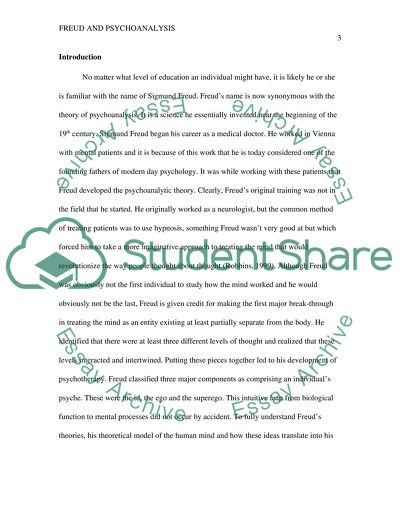Cite this document
(Freud and Psychoanalysis Case Study Example | Topics and Well Written Essays - 2750 words, n.d.)
Freud and Psychoanalysis Case Study Example | Topics and Well Written Essays - 2750 words. Retrieved from https://studentshare.org/psychology/1574463-freud-and-psychoanalysis
Freud and Psychoanalysis Case Study Example | Topics and Well Written Essays - 2750 words. Retrieved from https://studentshare.org/psychology/1574463-freud-and-psychoanalysis
(Freud and Psychoanalysis Case Study Example | Topics and Well Written Essays - 2750 Words)
Freud and Psychoanalysis Case Study Example | Topics and Well Written Essays - 2750 Words. https://studentshare.org/psychology/1574463-freud-and-psychoanalysis.
Freud and Psychoanalysis Case Study Example | Topics and Well Written Essays - 2750 Words. https://studentshare.org/psychology/1574463-freud-and-psychoanalysis.
“Freud and Psychoanalysis Case Study Example | Topics and Well Written Essays - 2750 Words”. https://studentshare.org/psychology/1574463-freud-and-psychoanalysis.


